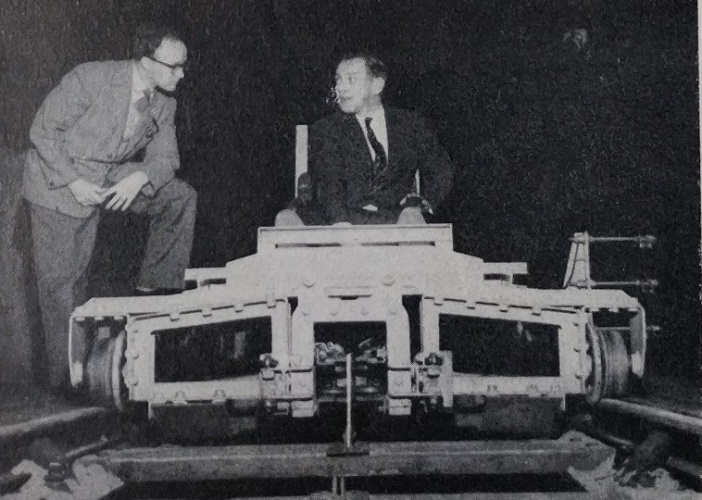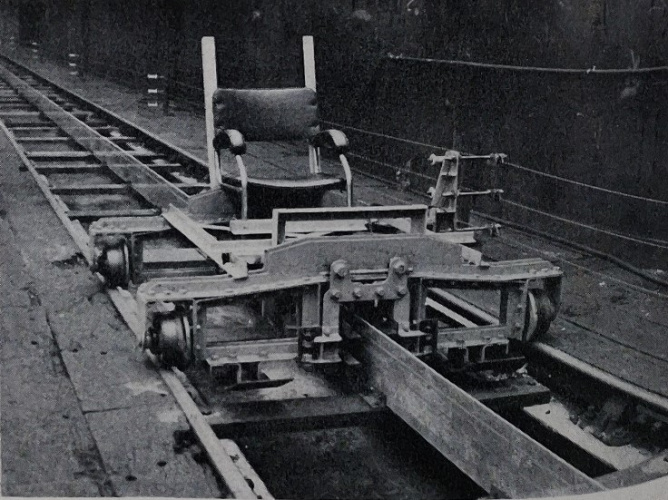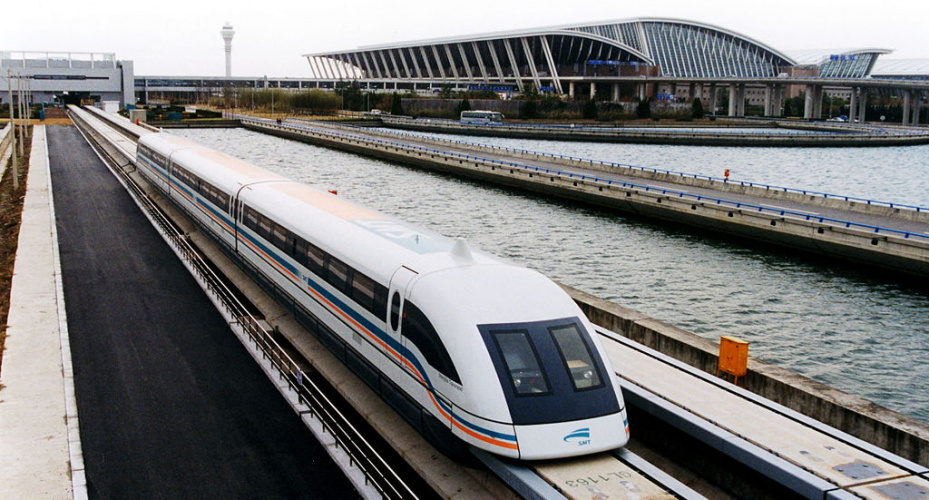Despite decades of development and a growing worldwide interest in high speed rail, Maglev – a futuristic transportation concept that uses magnets to propel wheel-less trains along track at super high speeds – has had surprisingly little impact on the transportation mainstream.

And with most of the current development in this intriguing field taking place in Japan, Korea and China (home to the 270mph Shanghai Transrapid system) it’s often forgotten that the technology was originally developed by British electrical engineer Dr Eric Laithwaite, inventor of the linear induction motor and the so-called “father of Maglev".
In November 1962 The Engineer reported on one of Laithwaite’s early efforts to demonstrate the technology, aboard an experimental rail trolley, at British Railway’s Gorton Locomotive works.
READ THE ENGINEER'S ORIGINAL ARTICLE HERE
The article explained that the motor consisted of a flat three-phase winding attached to the trolley (which is the equivalent to the stator of an ordinary induction motor) and a continuous metal plate fixed vertically between the rails along the length of the track (which is equivalent to the rotor). When the winding is energised, the reaction between the currents in the winding and the metal plate results in a force which propels the trolley along the track.
Commenting on the potential of the technology The Engineer wrote: “The outstanding advantages are that the tractive effort and conversely the dynamic braking that can be obtained from this system are absolutely independent of adhesion.”
The article added that the technology had particular potential for high-speed propulsion. “Centrifugal force, which can limit the peripheral speed of a rotor, does not apply to the linear motor,” it wrote. “Indeed, the higher the speed the more attractive the linear motor as propulsive unit: at about 120mph the advantage becomes paramount”

The article explained that the trolley used in the experiment weighed 1140lb (571kg) and the linear motor produced a thrust of 1000lb (4448N) with an average consumption of 60kw. During the trials the trolley was accelerated to 34mph in 2.8 seconds. The system was controlled by varying the power supply voltage and reversing one phase for braking
The aim of the experiment was to demonstrate the technology ahead of a an economic appraisal of the systems for high speed passenger traffic, wrote The Engineer. It added that the system’s developers also envisaged more immediate applications for the technology as a booster accelerator for moving heavy trains from rest or up starting inclines.

Laithwaite continued to work on the technology over the following years, and in the early 1970s discovered a new arrangement of magnets that allowed a single linear motor to produce lift and forward thrust, allowing a Maglev system to be built with a single set of magnets.
This "transverse-flux" system was eventually developed into the first commercial Maglev in the world, which ran on an elevated track between Birmingham Airport and Birmingham International railway station. The system, which began operating in 1984, was closed in 1995 due to reliability problems.











McMurtry Spéirling defies gravity using fan downforce
Ground effect fans were banned from competitive motorsport from the end of the 1978 season following the introduction of Gordon Murray's Brabham...